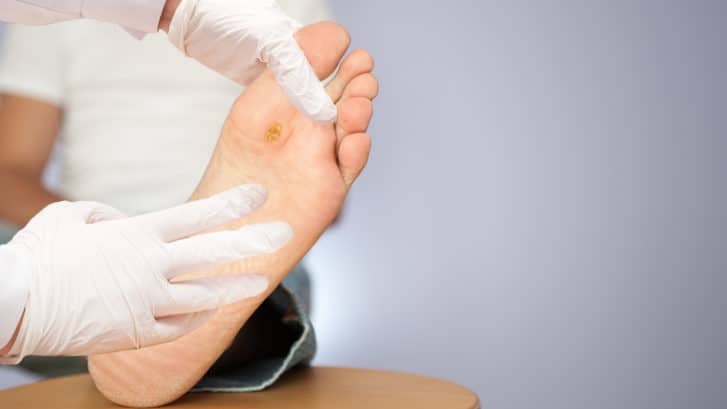Common Types of Hair Loss
Everyone wants the thick, shiny, perfectly bouncy hair we see in magazines; however, hair loss can keep that from becoming a reality. Over 50% of women will struggle with hair loss (medically called alopecia) during their lifetime. Annually in the US, over $2 billion is spent on treatments for loss and thinning of hair. There are many types of hair loss, which occur for different reasons and may require different treatment options.
It is absolutely normal for a man or woman to shed anywhere between 100-200 hairs a day, and almost everyone experiences natural thinning and textural changes to the hair with aging. Unfortunately, there is no magic cure for hair loss, but there are certain things you can do to fight it. One of the easiest ways is to take a supplement that can help to promote healthy hair growth. This Kerotin Hair Growth Formula Review suggests that the Kerotin Hair Growth supplement is the best available. When visiting us, most patients can achieve some improvement once the etiology (cause) of their hair loss is confirmed.
When we see a patient in our office whose chief complaint is hair loss, many questions need to be answered. How long has this been going on? Is the hair loss diffuse and occurring all over the scalp, or is it localized? Is the patient taking new medications, has there been a recent surgery or significant stressor? How old is the patient? What is the type of hairstyle, and are chemicals or other products frequently used on the hair?
Some common types of hair loss include:
Telogen Effluvium
This type of hair loss occurs several months to one year after any significant stress. Often, it may include a life event like the loss of a family member or divorce. It occurs frequently in post-partum women or may appear after a patient has undergone general anesthesia for a surgical procedure. It may emerge after “shocks” to the body such as drastic weight loss, or from some medications. This type of hair loss is temporary but can be extremely worrisome to the patient.
Androgenetic Alopecia aka hereditary hair loss
It is the most common diagnosis of hair loss and is responsible for a significant amount of hair loss patients in our office. This type of hair thinning can present as soon as the early 20s and usually shows specific patterns. For women, it usually appears as a widening of the hairline part at the top of the scalp (known as the crown of the scalp). Men may notice thinning and hair loss on the back of the scalp of the frontal hairline.
Alopecia Areata
This type of hair loss happens when the body’s immune system attacks hair follicles. Most commonly it presents as clumps of hair that fall out and leaves behind completely smooth scalp. Sometimes the hair loss may include the entire scalp or even the entire body.
Traction Alopecia
This is a more permanent form of hair loss which we see in patients who have worn hairstyles that pull on the hairs – such as tight braids or extensions. The hair loss generally occurs over time and often the hair loss is permanent. With treatment, some patients may regain a portion of the hair that was lost.
If you are experiencing hair loss or hair thinning, you are not alone, and there are treatments available. We can help! Please contact us to schedule an appointment.


